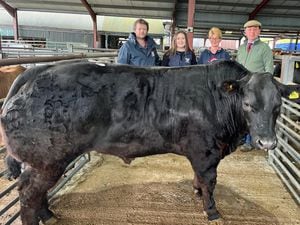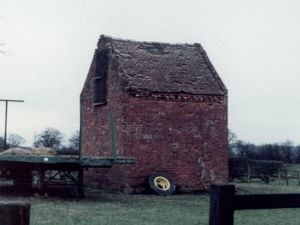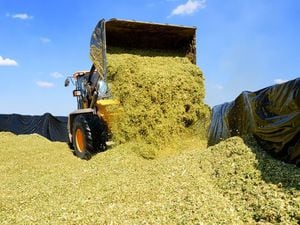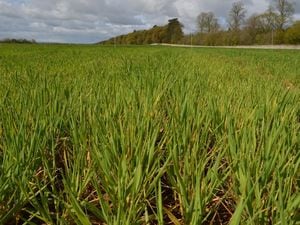Hi tech way to watch those seeds
Growers need seeds that germinate effectively and uniformly within a given period to maximise crop productivity.

Seed suppliers must therefore test seed samples to ensure a certain germination rate is met, a process that is difficult and time consuming.
SeedGerm – based on machine learning-driven image analysis – performs this tricky process in a low-cost, high-throughput and semi-automated way.
The product is the result of a collaboration between the Earlham Institute, the John Innes Centre, Syngenta and NIAB.
Currently most seed germination is still recorded manually. Against this, SeedGerm presents fast, accurate, high throughput screening and will be of major interest to crop seed production companies and research programs screening large germplasm collections.
SeedGerm uses a cabinet equipped with cameras that take photographs throughout the germination process, documenting each stage from imbibition (seeds taking up water) through to the emergence of the root and further changes in the newly growing plant.
Supervised machine learning is used to automatically determine how germination is progressing through comparing images. Algorithms can be trained to predict how likely it is that a seed has germinated based on measurements extracted from an image that relate to the seed’s size, shape, and colour.
Carmel O’Neill, research assistant in the Penfield Group at John Innes Centre





